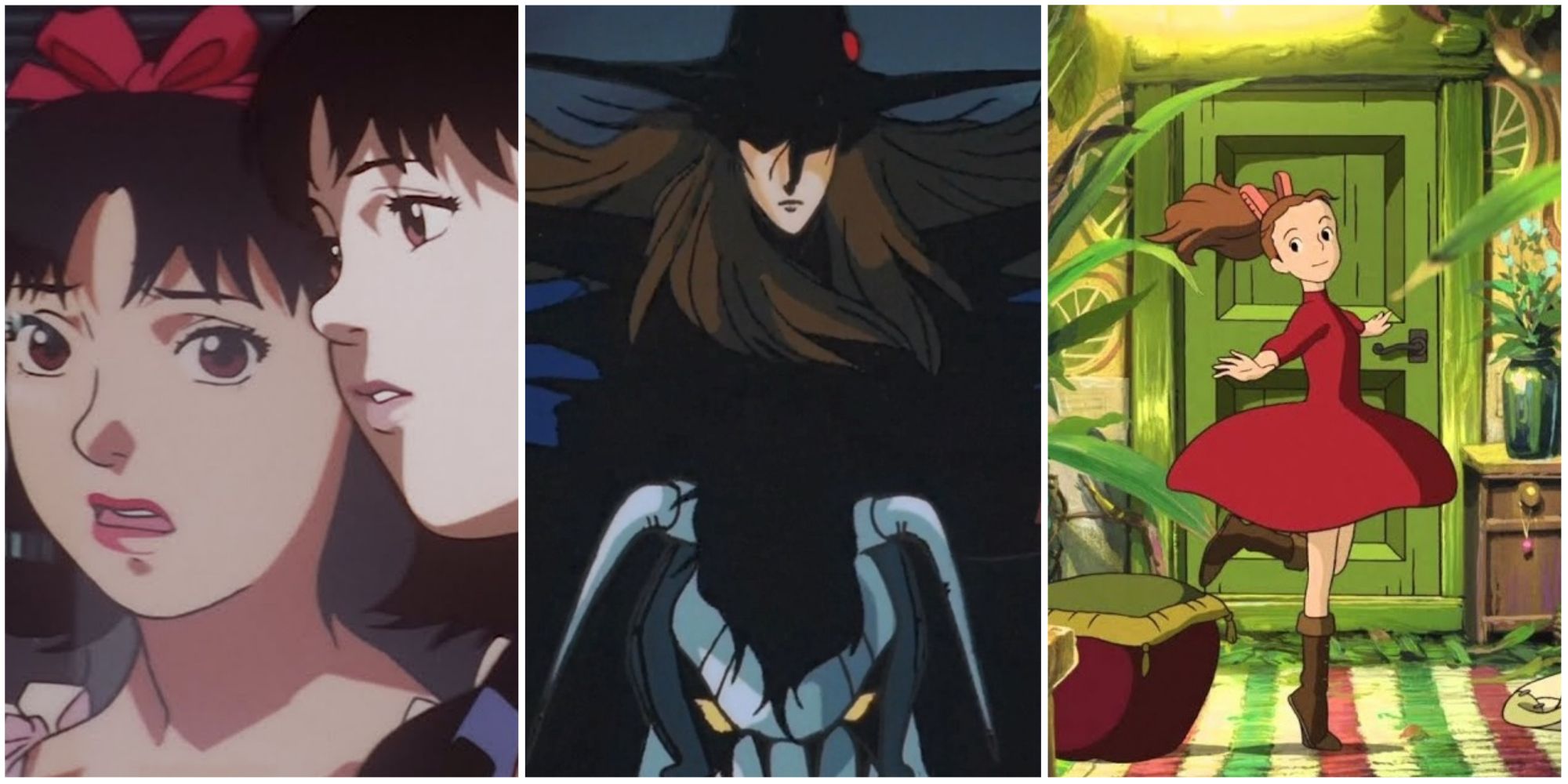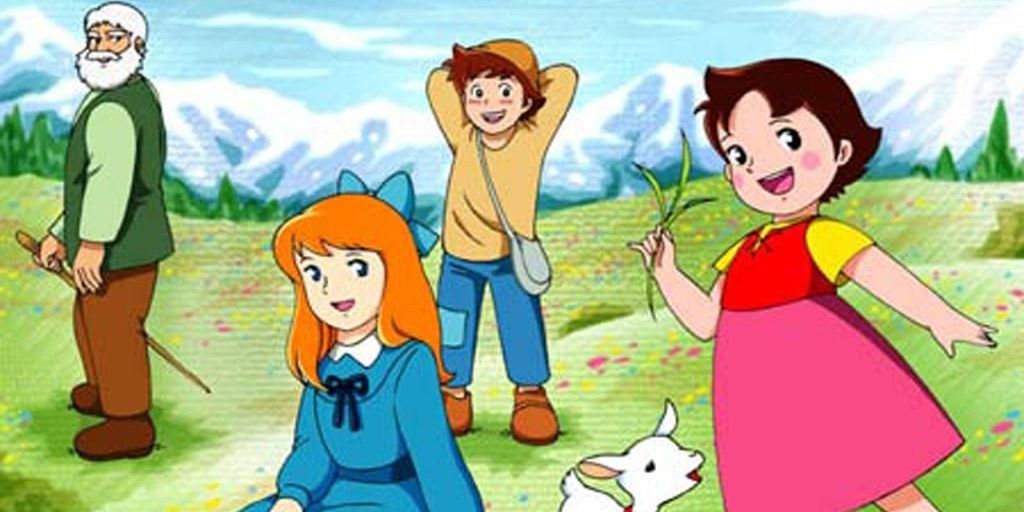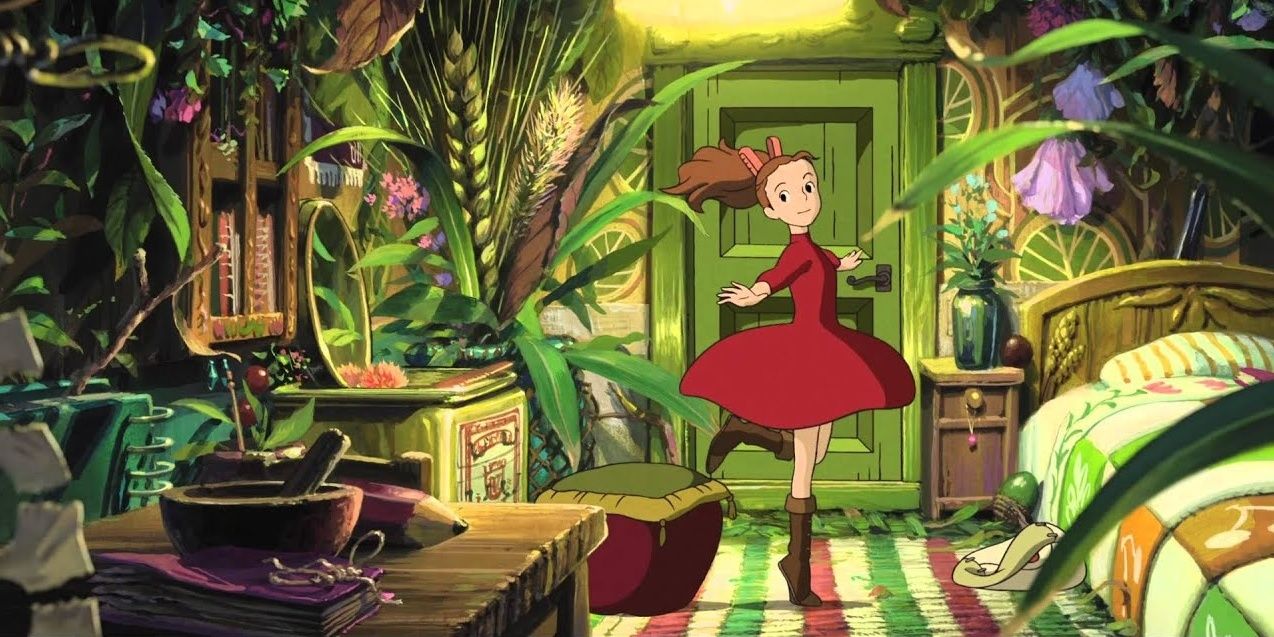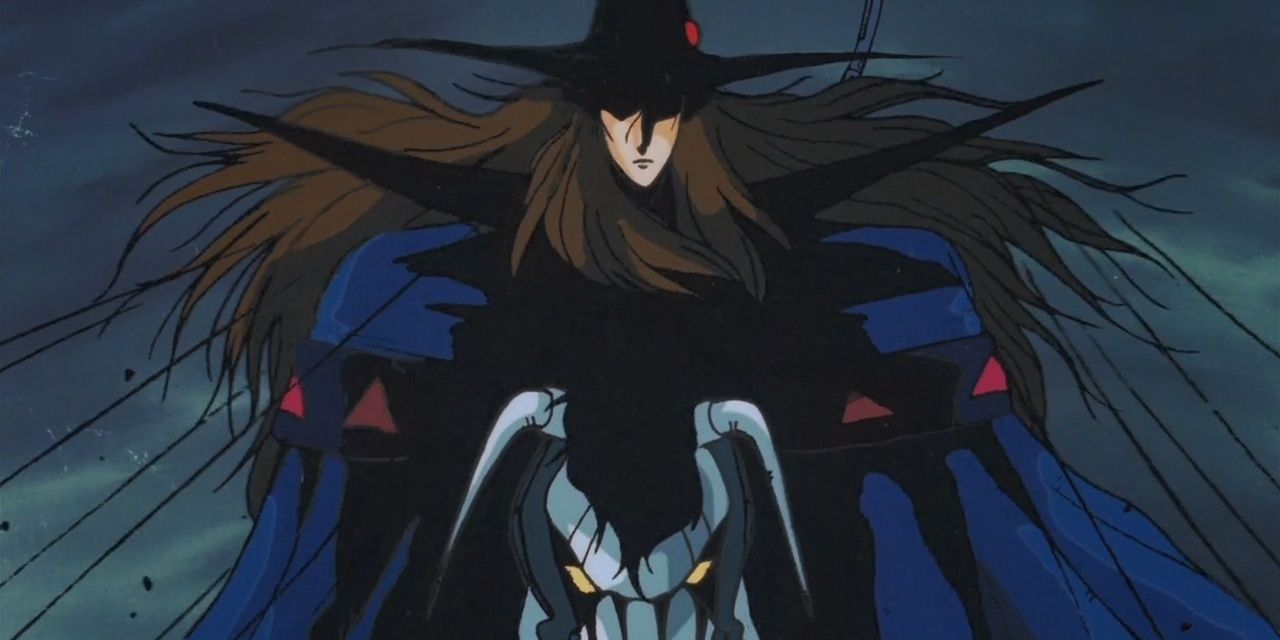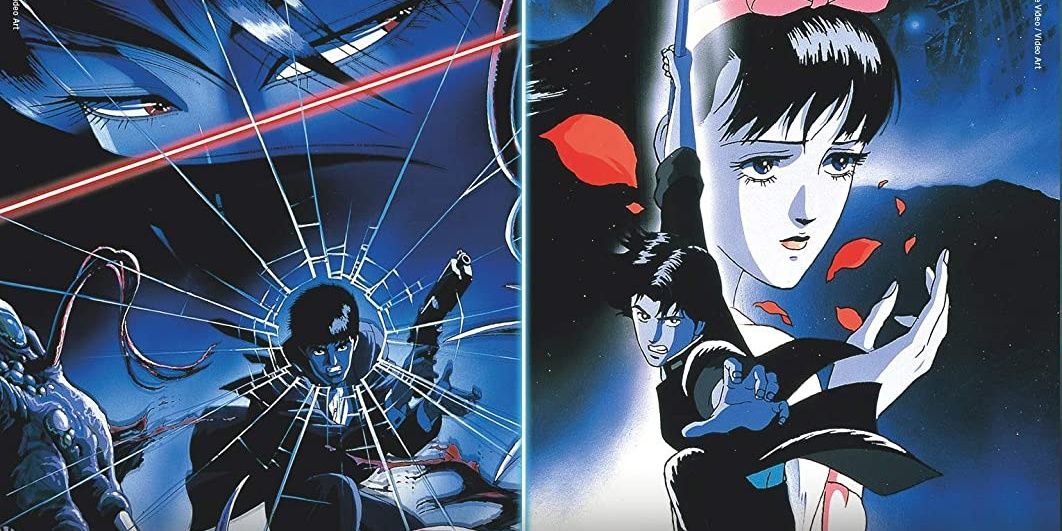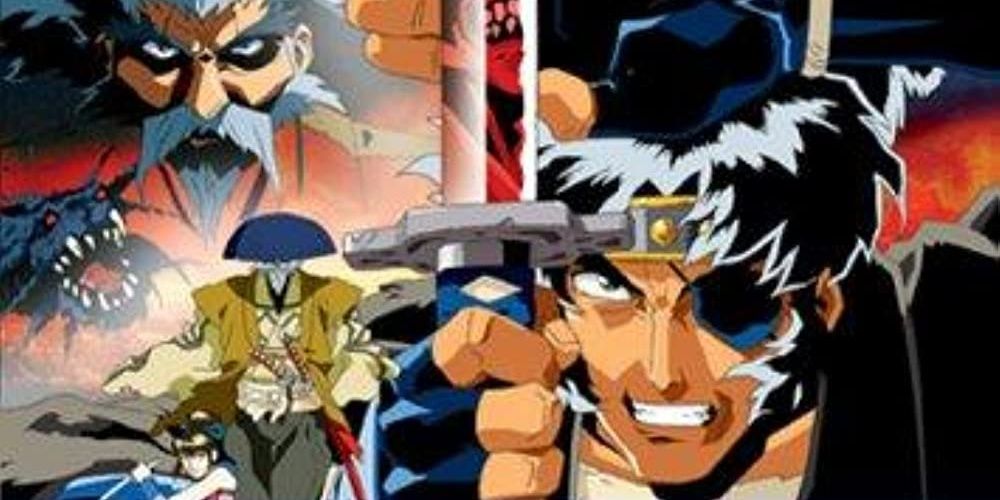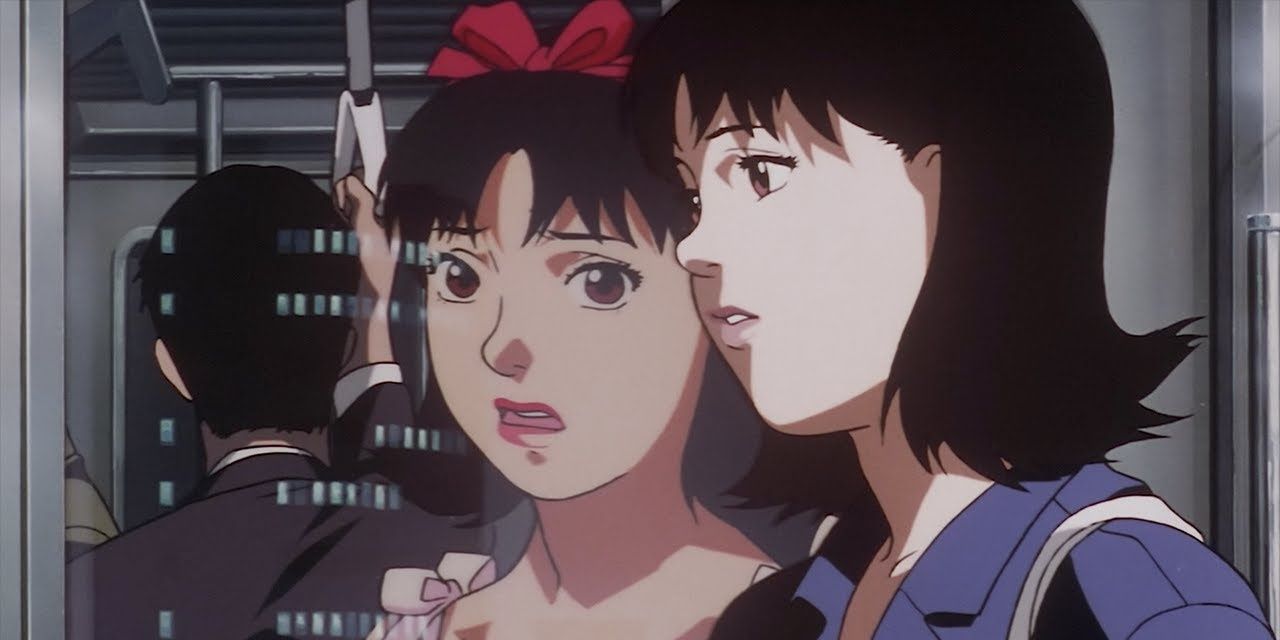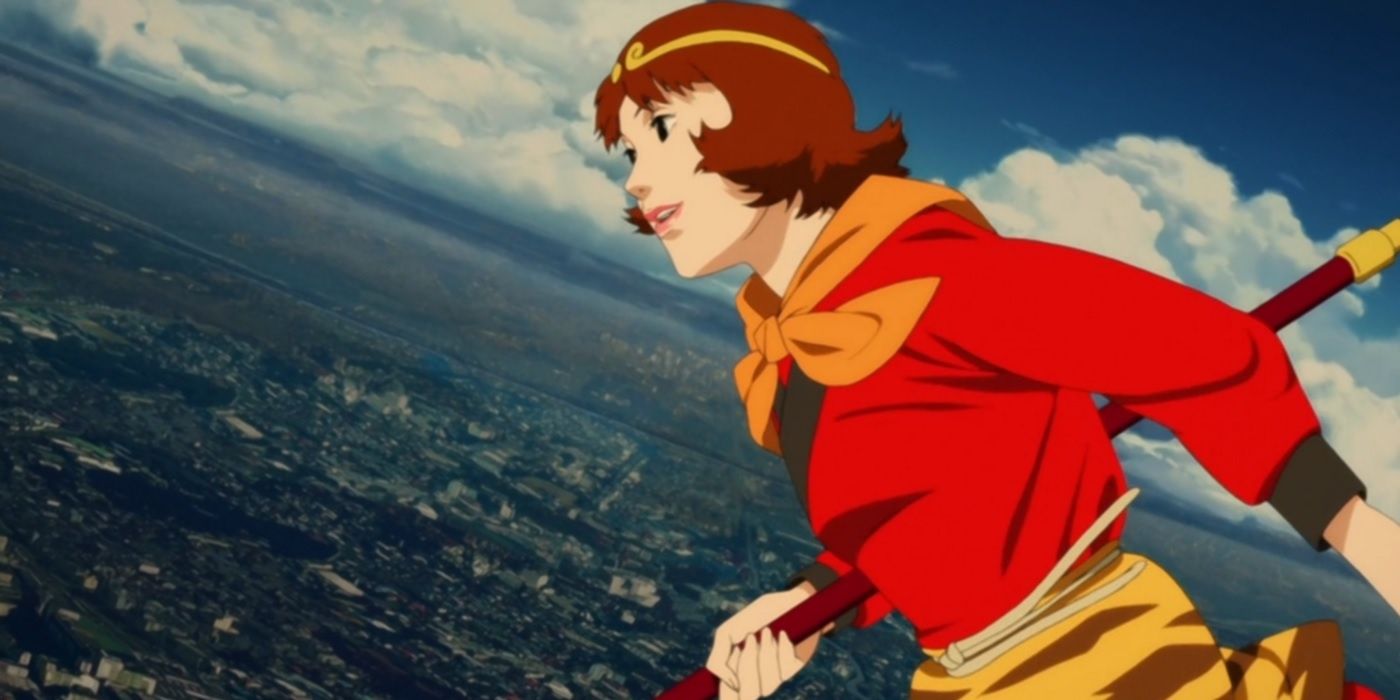Anime can and has adapted anything from everything. Manga have been their most common source, but there are also animated shows and films based on video games, toys, plays, live-action films and shows, and novels.
Light novels have been increasingly popular over the past decade or so, what with the Haruhi Suzumiya and Sword Art Online series catching on. But what about adaptations of full-on novels? What anime films and OVAs have been made based on them? Here are a few examples.
7 Heidi, Girl of the Alps
This series may not be so well-known today, but it was a pretty big deal back in 1974. Based on Heidi’s Years of Wandering and Learning by Johanna Spyri, or simply Heidi for short, it followed a young girl and her adventures in the Swiss Alps with her grandparents. Plus, her journey back there after a less-than-stellar move to Frankfurt, Germany with her mother.
Produced by Zuiyo Eizo, the series caught on worldwide. It was broadcast in the US, UK, Italy, Germany, and Heidi’s own Switzerland among others. The show is still fondly remembered in Japan, with Hayao Miyazaki saying in The Kingdom of Dreams and Madness documentary that it was the finest work directed by his colleague Isao Takahata. Wait, those names sound familiar.
6 The Secret World of Arrietty
Yes, both future Studio Ghibli founders Takahata and Miyazaki worked on Heidi. They worked on a few other series based on European novels too, like Lucy Montgomery’s Anne of Green Gables and Ouida’s Dog of Flanders. This trend would continue when they moved into feature-length films (Castle in the Sky’s titular castle is a reference to Jonathan Swift’s Gulliver’s Travels), and it became part of Studio Ghibli’s direction as well.
Some of the studios most popular films were based on books, like Howl’s Moving Castle, Kiki’s Delivery Service, and Grave of the Fireflies. One of the more recent examples was The Secret World of Arrietty, being a Ghiblified take on Mary Norton’s The Borrowers. It got praise on release, though it isn’t as well-regarded as its forebears. Probably because there were already some more beloved live-action adaptations made before it.
5 Vampire Hunter D
Combining sci-fi, occult horror, fantasy, and pulp westerns sounds more like the description for a library than a single work. Yet Vampire Hunter D managed to combine all those elements into a popular manga, two films, and an upcoming animated series among other adaptions. But the original story about the dhampir D, his Left Hand symbiote, and his adventures through the post-apocalyptic wasteland came from a novel.
The first book was written by Hideyuki Kikuchi, with illustrations by Yoshitaka Amano of Final Fantasy fame. Kikuchi has since written 39 more Vampire Hunter D novels thus far, making it one of the most successful book series of all time. Influential too, given it's inspired the likes of Castlevania and other gothic horror games and series. Which may be why animation studios wanted to adapt his other works too.
4 Wicked City and Demon City Shinjuku
Anime fans of a certain generation will remember Manga Entertainment bringing all sorts of different OVAs and films westward in the wake of Akira’s success. They would appear on VHS store shelves or on the Sci-Fi Channel. Hit films like Ghost in the Shell stood alongside cult classics like Darkside Blues, A Wind Named Amnesia, Demon City Shinjuku, and Wicked City. Those latter four were adapted from Hideyuki Kikuchi novels too.
Demon City Shinjuku was renamed Monster City in some areas to tie it closer to Wicked City, given both movies were directed by Ninja Scroll’s Yoshiaki Kawajiri. Even though they weren't connected to each other. Wicked City was about a secret agency maintaining the balance between the demon world and the real world. While Demon City Shinjuku was about a lone hero avenging his father against the demonic forces that have taken over the Tokyo district and abducted the World President. Both stories have multiple novels, but only Kawajiri has animated them so far.
3 Ninja Resurrection
Speaking of sneaky tie-ins, Ninja Resurrection was advertised as a follow-up to Ninja Scroll. Despite the two movies being made by different studios, directed by different people, and having different art styles. Their leads are both called Jubei, but Scroll’s Jubei was an original character. Resurrection’s Jubei is supposed to be the historical samurai Yagyū Jūbei Mitsuyoshi. He’s tasked with putting down the revived spirit of Christian rebel Amakusa Shirō Tokisada to save Edo Period Japan.
It’s a pretty weird story, which other critics like Bennett ‘The Sage’ White described as being like ‘Davy Crockett traveling west to fight a super-powered Joseph Smith’. Yet it was based on a novel: Makai Tenshō by Futaro Yamada. Though it took more elements from its two different manga versions than the novel. It’s also inspired 4 stage plays, 4 live-action films, 3 more manga versions, and a crossover with Dante’s Inferno in the Fate/Grand Order mobile game.
2 Perfect Blue
Today, people largely credit this horror story about a pop star and her split personality to the anime’s director Satoshi Kon. His adaptation is more beloved and has inspired other films and series in its wake. But it was actually based on a book: Perfect Blue: Complete Metamorphosis by Yoshikazu Takeuchi. The two are quite different from each other though. The film hits the book's key plot points: singer turned actor, creepy stalker, stress-inducing photo shoot, and film scene, etc.
But Mima being part of a band, suffering hallucinations and questioning her sanity were all Kon (who didn’t read the novel beforehand). Takeuchi’s Mima was a solo act and is only angered by her stalker, called 'Darling Rose' instead of 'Me-Mania'. The book was originally published in 1991 too, so he torments her with phone calls and letters instead of the web. It’s a more violent and sexual tale than Kon’s psychological horror. Which might be fitting, as the Japanese phrase for ‘Complete Metamorphosis’ (完全変態 kanzen hentai) can also be read as ‘Total Pervert’.
1 Paprika
Satoshi Kon’s feature-length movie directing career began just as it ended: with a book adaptation. Paprika, the techno-thriller about a scientist who helps people with mental disorders by diving into their dreams, was actually based on a 1993 novel by Yasutaka Tsutsui. It can even be found in English via Alma Books. Still, Kon’s approach to Tsutsui’s novel was quite different.
Some characters from the book had different roles in the movie. Others were combined into one, like anxious executive Noda and Detective Konakawa. The movie focuses more on cinema as a way to express the blurring of reality and fantasy (Konakawa dresses as famous director Akira Kurosawa at one point). While the novel is more into the psychotherapy side of things. Not that Tsutsui seemed to mind the changes. Both he and Kon appear in the film as Konakawa’s bartenders.

